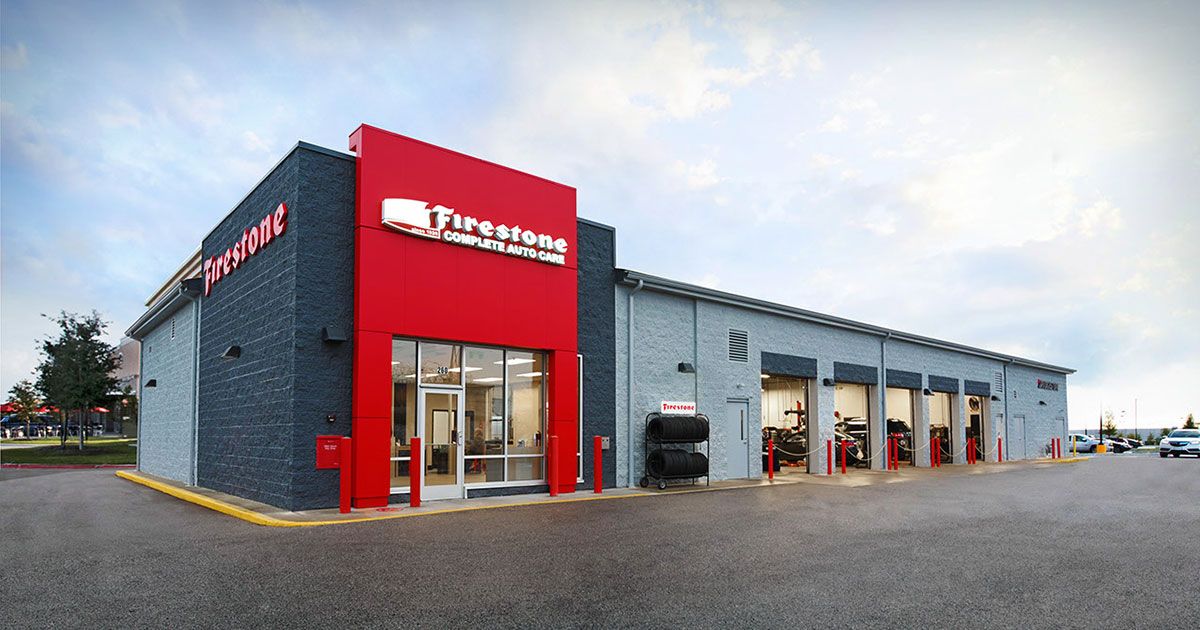This is not correct information. The puncture is outside the industry standard safe zone for patching, but if someone wants to put their own cost savings above their safety, I just hope they aren't around me "if" it fails, but in this case, it would tend to be a slow pressure loss type failure, unless the tires are never checked and low pressure causes a blowout at speed. I can understand someone wanting to patch this, but I wouldn't tell them "save yourself some money and do that", when it's not my money or safety at risk.
Further, no about the tire manufacturer sidewall labeled pressure. That is only a MAXIMUM pressure needed to reach the load rating of the tire while the correct tire pressure for the vehicle it is on, depends on the load that vehicle puts on the tire. Generally, if running the same size tire that was stock from the factory, inflating up to the max on the tire sidewall can be reasonable and achieve a little better fuel economy, but usually at the expense of traction, unless again you have enough load to flatten down the footprint the tire has on the road.
Ford is known to have under-spec'd tire pressure on 2nd generation explorers, perhaps to smooth out the ride a bit, but otherwise, with more modern generations, if using the same size that the vehicle came with, you should use the inflation pressure on the door sticker, not the max inflation stated on the tire itself. This includes if you are using replacement LT tires of the same size, should not inflate them to the max pressure listed, unless loading the vehicle to nearer their max per tire. PSI is always about tire size versus expected load, how much air pressure it takes to support the weight and keep the tread flat on pavement.
Granted there is some gray area, there are green minded fools out there that are fine with everyone having to replace their tire more often by overinflating them to get 1MPG more because they can't focus on more than one variable at a time and it's your money not theirs.

At the same time I'd rather be slightly overinflated than under because under makes the handling so sloppy, but that's choosing between worst cases instead of just the appropriate PSI as indicated on the door sticker and adjusting for higher than average load.








